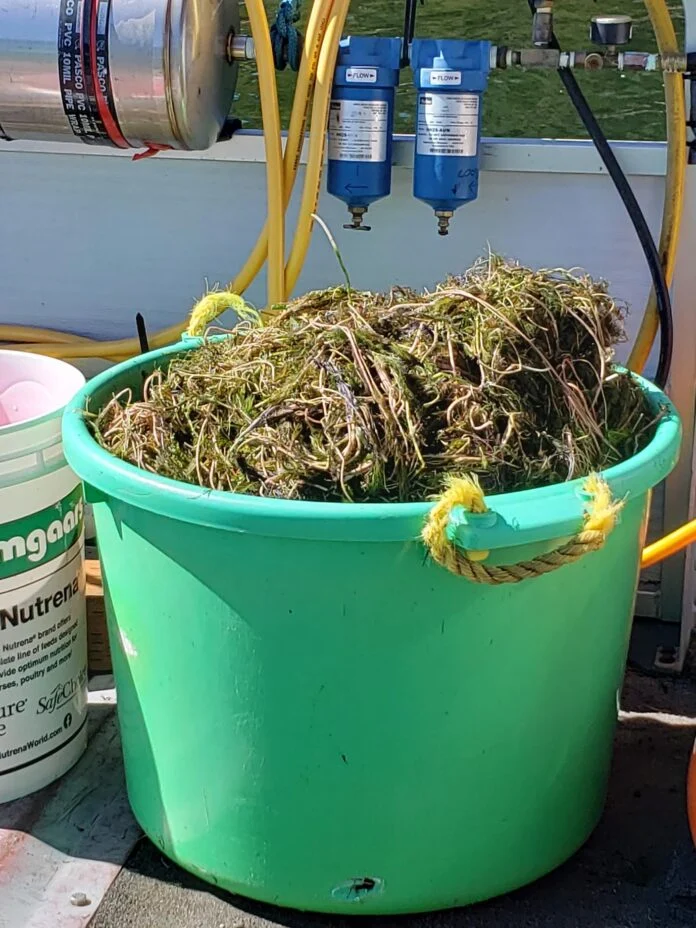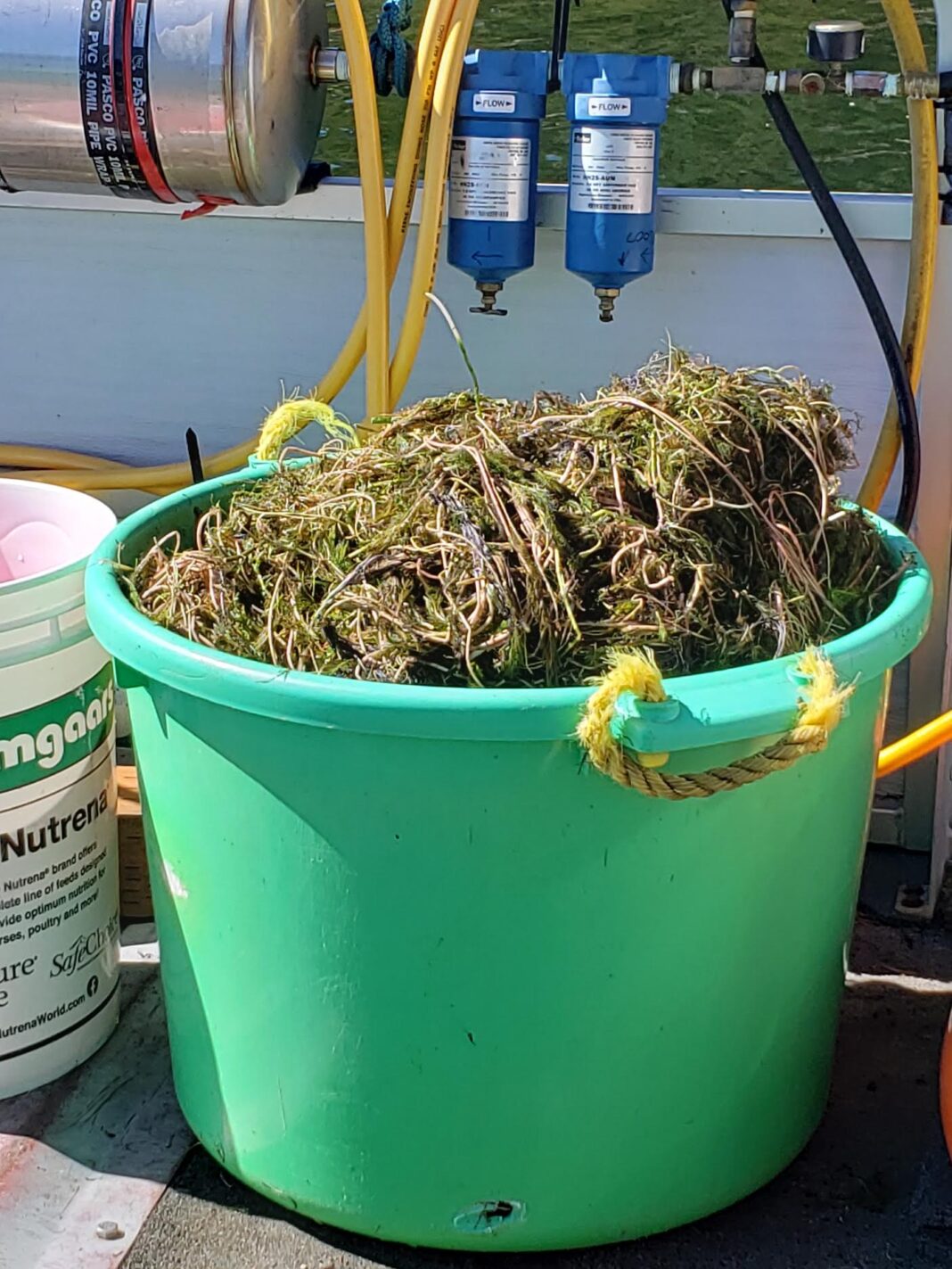A boat wash station for Payette Lake should be established by next boating season, according to the Payette Lake Watershed Advisory Group.
The group, which is staffed by the Idaho Department of Environmental Quality, described a wash station as an achievable action by next year while local and state officials work together on a long-term invasive species plan for Payette Lake.
“The transmittal of invasive species into Big Payette Lake, which is what we’re here talking about, is almost inevitable,” said Gregory Irvine, a WAG member. “Doable, at least at this point, is a meaningful inspection and wash station for Big Payette Lake.”
Currently, most boat wash inspection stations are staged on roadways that are major entrances to Idaho from other states. Irvine pointed to an ongoing infestation of quagga mussels in the Snake River to illustrate the need for local wash stations.
“A border station isn’t going to keep quagga mussels out of Big Payette Lake,” he said.
The Idaho State Department of Agriculture previously told the WAG that the agency would provide the equipment for a wash station if local entities committed to staffing it.
The stations could help prevent the spread of invasive species into Payette Lake while also preventing the spread of the lake’s Eurasian watermilfoil infestation to other lakes.
“We don’t want to be part of the problem,” Valley County Weed Superintendent Steve Anderson said.
Public boat ramp proximity
The location for a Payette Lake wash station was not determined on Tuesday, but the WAG expects to consider locations near public boat ramps near Mile High Marina and within Ponderosa State Park.
The stations would likely be open on Fridays and Saturdays during the next boating season. Boats could be required to pass an inspection before being allowed to launch on the lake.
McCall City Manager Forest Atkinson told the WAG that the city’s Parks and Recreation Department could likely help staff the inspection station with seasonal employees.
Deb Fereday, who chairs the WAG, suggested forming a subcommittee to focus on the wash station project.
Without donors like you, this story would not exist.
Make a donation of any size here
“I don’t want to leave this topic and then just have it go into the ether,” Fereday said.
While the group is focusing on a Payette Lake wash station for next year, it also suggested future stations could target boats launching on Lake Cascade and Warm Lake.
Inspection stations staffed by ISDA have inspected 1 million watercraft since 2009, including 413 found to have invasive mussels.
Payette Lake milfoil infestation update
Tuesday’s discussion about boat wash stations comes amid an infestation of Eurasian watermilfoil in Payette Lake that state officials said is “reaching a tipping point” earlier this year, as Valley Lookout reported.
The state planned to test the use of herbicides on the vine-like plant, but reversed course due to public opposition.
Last month, ISDA agreed to work this winter with local officials on a long-term management plan for Payette Lake. That plan is expected to include a variety of strategies for controlling the infestation, including the use of herbicides.
Large-scale milfoil removal in Payette Lake has not been completed since 2023, but Anderson said contractors hired by ISDA will complete some removal around boat ramps and marinas next week.
Surveys completed by ISDA indicate the infestation in Payette Lake grew from 77 acres in 2022 to 183 acres last year. A survey completed in July now estimates it is 111 acres, even though no removal work has been funded since 2023.
“The data that’s available is a little hard to interpret,” said Dave Simmonds, a WAG board member.
Valley Lookout sought further clarity on the survey estimates from ISDA last week, but did not receive a response in time for this story.
Historically, milfoil removal in Payette Lake has been completed by divers using suction dredges that collect the plant without releasing fragments into the water that could enable the plant to spread further.
That approach, however, is expensive and no longer the best use of limited funding, given the severity of the infestation, according to the state
Milfoil grows in shallow waters around the lake that receive sunlight, or areas up to about 30 feet deep. Each time the plant is broken—by a swimmer, boater, or even wave action—the fragment drifts off and settles elsewhere on the lakebed to sprout a new plant.
The plant can grow three to five feet in length each summer. If left unchecked, it could degrade water quality while also choking out boat propellers, fish habitat, and native plants.
Milfoil was first found in Payette Lake in the late 1990s.






